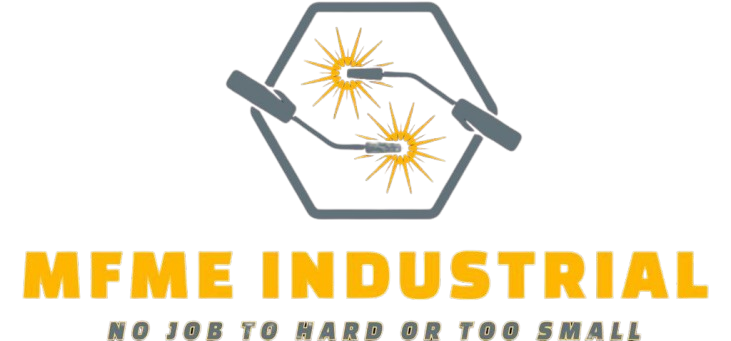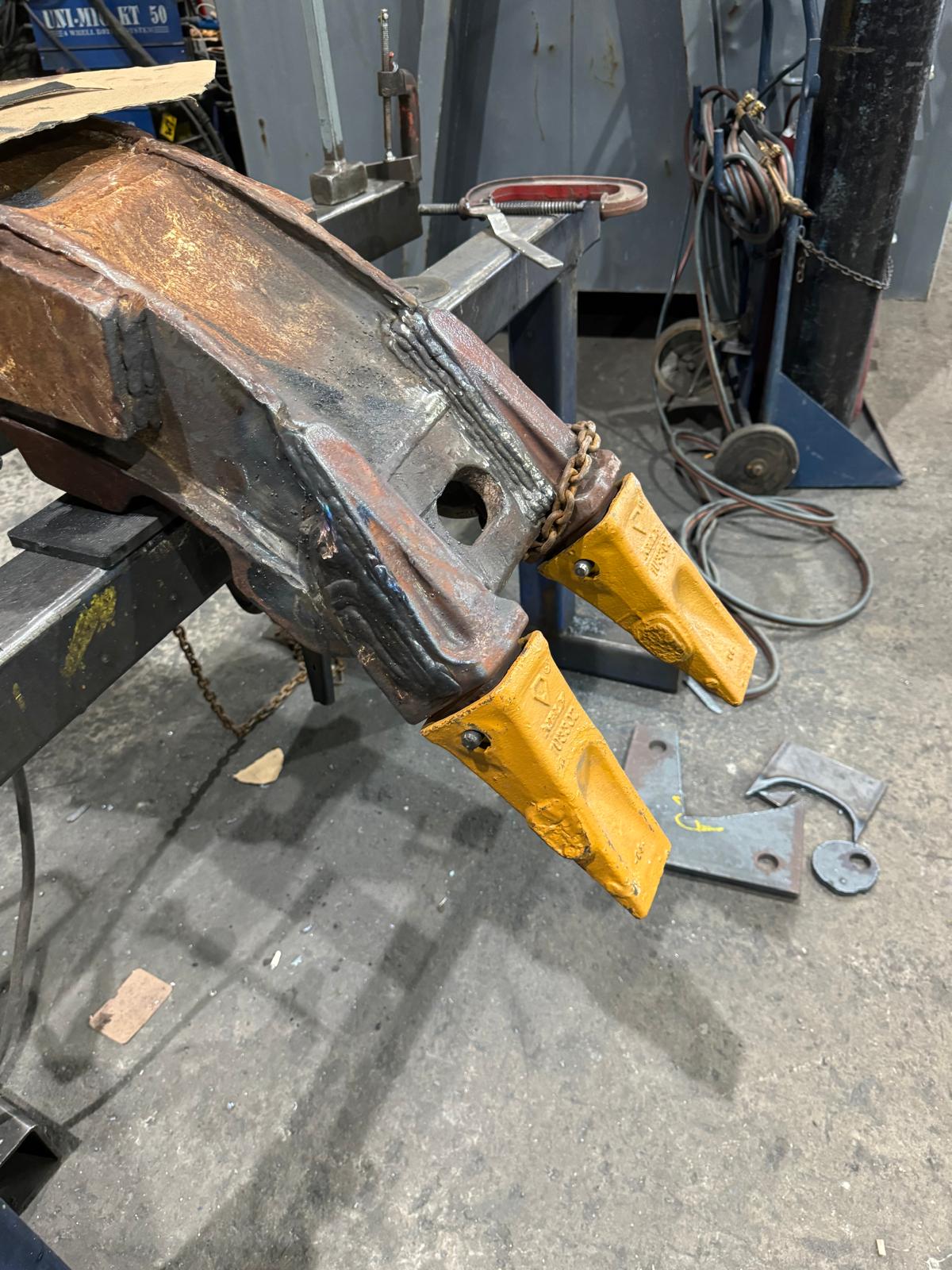Mastering Metal Joining: Techniques, Tools, and Best Practices
Introduction to Metal Joining
Metal joining is a fundamental process in various industries, from automotive to construction. Whether you’re working on large-scale manufacturing or small DIY projects, understanding different metal joining techniques is essential for achieving strong and durable bonds.
The Basics: What is Metal Joining?
Metal joining refers to the process of combining two or more metal parts using various techniques. These techniques ensure that the metals are securely fused, maintaining their structural integrity even under stress. The most common metal joining methods include welding, brazing, soldering, and riveting.
Common Applications:
- Welding: Construction, shipbuilding, pipelines.
- Soldering: Electronics, plumbing.
- Brazing: Aerospace, automotive.
- Riveting: Aircraft, bridges, metal frameworks.
Common Metal Joining Techniques
Welding
Welding involves melting the base metals and, in some cases, a filler metal to create a strong joint. This process is widely used in heavy industries due to its high strength.
Types of Welding:
- MIG (Metal Inert Gas)
- TIG (Tungsten Inert Gas)
- Arc Welding
- Spot Welding
Pros:
- Strong joints
- Versatile for different metals
- Can be automated
Cons:
- Requires skilled labor
- Risk of warping or distortion
Brazing
Brazing uses a filler metal with a lower melting point than the base metals. The filler metal flows into the joint by capillary action, creating a strong bond without melting the base metals.
Pros:
- Less heat required
- Suitable for delicate metals
- Works for dissimilar metals
Cons:
- Weaker than welding
- Needs clean surfaces
Soldering
Soldering is commonly used in electronics and plumbing. Like brazing, soldering uses a filler metal, but the temperature required is much lower, making it ideal for delicate work.
Pros:
- Low heat requirement
- Easy to learn
- Ideal for small projects
Cons:
- Not as strong as welding or brazing
- Requires precise handling
Riveting
Riveting involves fastening two metal pieces with a rivet, a small metal pin. Unlike welding, riveting doesn’t involve heat, making it a cold-joining process.
Pros:
- No heat distortion
- Suitable for lightweight materials
- Easy to inspect for strength
Cons:
- Not as strong as welded joints
- Time-consuming for large projects
Tools & Safety Gear for Metal Joining
When working with metal joining techniques, especially those involving heat, it’s crucial to use the right tools and safety gear to prevent injury and ensure precise work.
Essential Tools:
- Welding machine (MIG, TIG, or Arc)
- Brazing and soldering torch
- Rivet gun
- Filler metals and rods
Safety Gear:
- Welding helmet with auto-darkening shield
- Heat-resistant gloves
- Protective clothing
- Ventilation system to avoid fume inhalation

